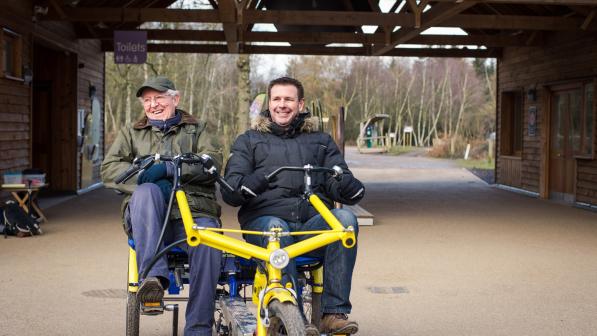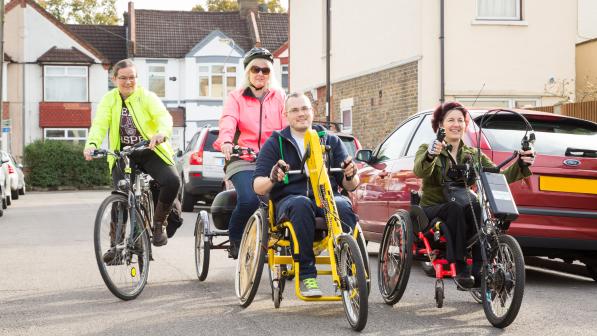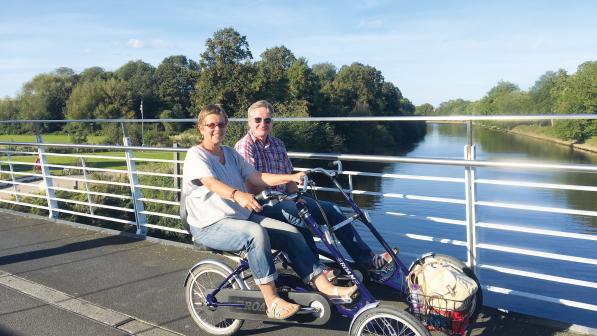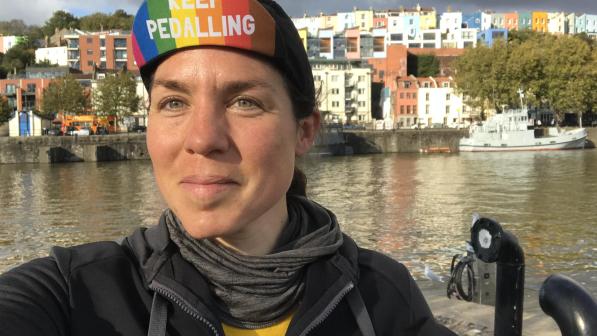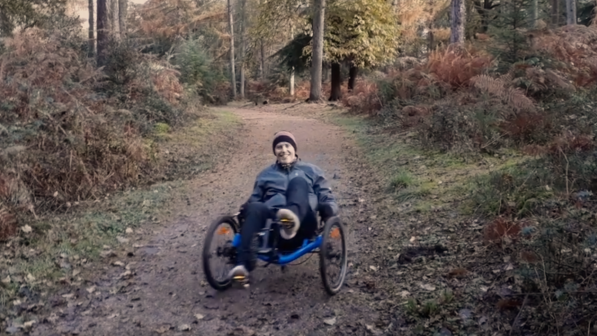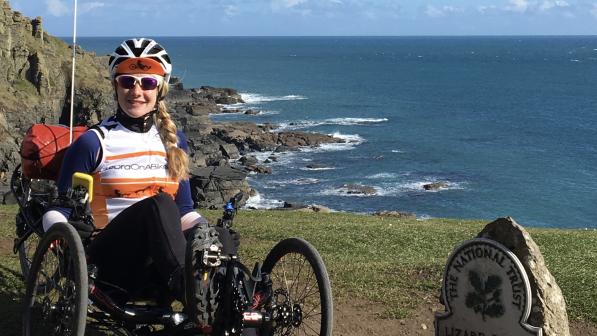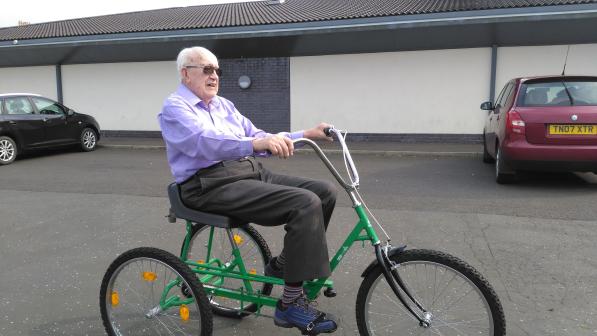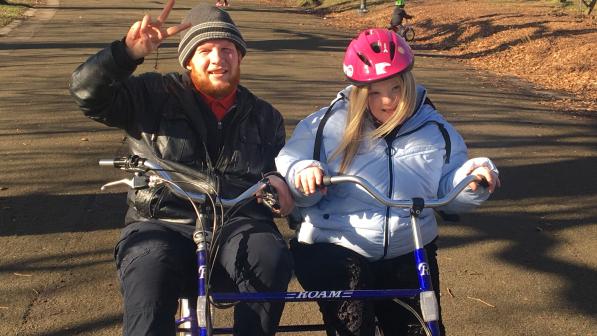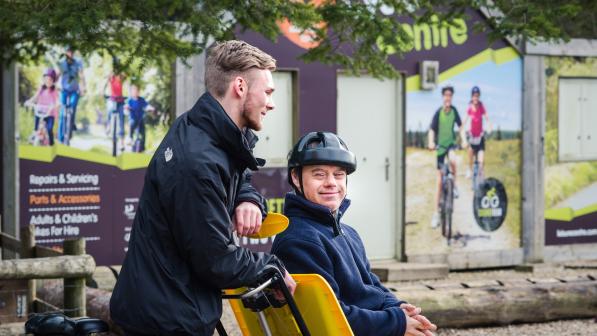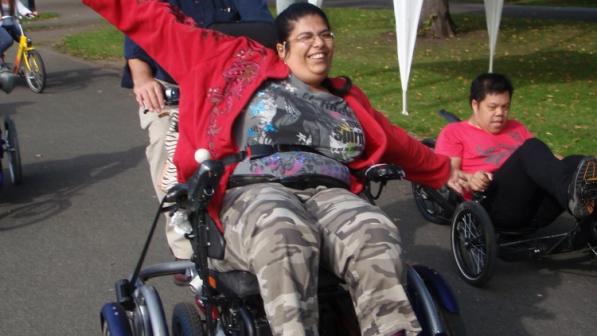What is inclusive cycling?

Why the Guide?
Wheels for Wellbeing’s Guide is the product of years of campaigning to make cycling more inclusive. Its roots can be traced back to a talk they gave at a London Cycling Campaign seminar in 2014, where some of its key principles were first developed, and more recently with the launch of our Beyond the Bicycle manifesto in 2016.
Disabled people have been mostly absent from the cycling debate for too long. With the launch of this Guide, however, Wheels for Wellbeing hopes to raise the visibility of disabled cyclists and put in place the building blocks for a more inclusive cycling culture.
What is it?
First things first: the guide doesn’t claim to be the answer - or the solution - to everything about inclusive cycling. Indeed, there are undoubtedly aspects that will have been missed or that deserve further attention and research. It is not a technical set of guidelines, either. Rather, it is an accessible (yet thorough) guide to the “basic principles” of inclusive cycling.
It begins with a definition of inclusive cycling, including facts and stats about disabled cyclists, before splitting into three sections: cycling infrastructure, cycling facilities and recognition. It then explores the practical ways in which cycling can be made more inclusive in each regard.
Wheels for Wellbeing hopes to raise the visibility of disabled cyclists and put in place the building blocks for a more inclusive cycling culture.
Neil Andrews, Wheels For Wellbeing's Campaigns & Policy Officer
Who is it for?
The simple answer is everyone.
The primary audience is local authorities, who will likely have the most to gain from this resource and who will, it is hoped, adopt the principles and recommendations that we have set out.
It is Wheels for Wellbeing’s ambition that many others, including transport bodies, civil engineers, academics, cycling organisations, disability charities and campaign groups will find it useful too.
It is also hoped that it will be helpful for disabled cyclists themselves, for whom this resource provides not only a tool for tackling the barriers to everyday inclusive cycling, but also a sense of pride and affirmation as members of a hitherto unrecognised community of cyclists.
Put simply, the aim is for the guide to provide useful signposting for anyone in the process of designing cycling infrastructure, updating a cycling strategy, campaigning for better cycling conditions or who just wants to learn more about inclusive cycling.
What next?
Wheels for Wellbeing hopes local authorities and others will gradually adopt the principles outlined in the guide and will start to apply them in practice. For this reason, it has been made to be as practically useful as possible, by providing policy recommendations, design solutions and technical guidance wherever possible.
However, as already alluded to, there will no doubt be elements that have passed us by or that will come to light in due course. Therefore, the guide’s intention is to be a ‘live’ online working document that can be regularly updated. The guide is designed to absorb new ideas, respond to latest research and to continuously evolve. That is why if anyone has suggestions, would like to make a contribution or suggest an idea about how it can be made better, then Wheels for Wellbeing would welcome your feedback.
At Wheels for Wellbeing, the goal is to achieve cycling equality so that disabled people can cycle whenever and wherever they want. The UK has an opportunity to be the most inclusive cycling country in the world, but that must begin with a basic understanding of the needs and rights of disabled cyclists.
